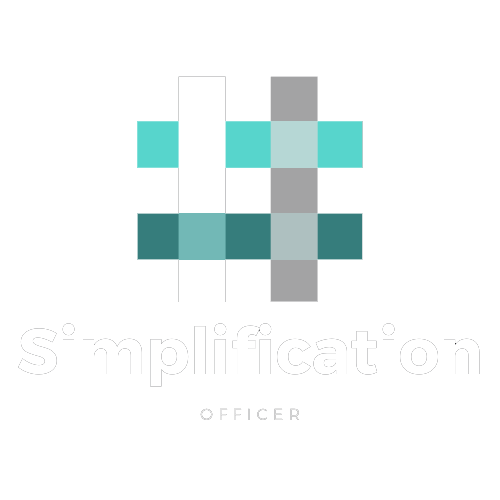Back in the old days, I took up the role of a Agile Product Owner within a Healthcare environment and soon discovered that “responsible for setting priorities”, as it is announced in Agile literature, does not mean that doing it by yourself is the right approach. Not surprisingly, we see and hear about similar settings in other organizations: Product Owners or Project Managers that are responsible to set priorities but do not really know how to; or they do know but they have to deal with strong, powerful and non-collaborative stakeholders (like different market managers by country or segment)…
Being between hammer and anvil!
Through the years I have found what I think is a very nice solution for people that are in a similar situation and need to plan requirements for a fixed timeslot. Like a next iteration; or a next release; or a next month…
Prepare
Once people define a fixed timeslot, you can also consider the current population as the fixed capacity and use whatever measurement of capacity you have to see what your budget is (= total available budget). You can do this in story points, days, hours, bunnies, banana’s,… as long as it represents the available capacity for the pre-defined period, you’re good. As you have time and capacity fixed you’ll need a list of items that could fill up this capacity. This is the list of demands of every stakeholder, marketing manager, customer, user, (internal) team member… towards your defined capacity. This could be a list of epics, stories, themes, capabilities, ideas, change requests, refactoring items (see technical debt article)… in short all demands towards your team(s). Note 1: if you are unsure about your capacities I do recommend to do a stakeholder analysis workshop with your team(s). Note 2: if you do not have all stakeholder requests at hand I do recommend to do a story writing workshop with all your stakeholders. With that list at hand, you discuss with the team the cost of implementation, in other words the estimated use of capacity to fulfill each separate item. Each item should be considered as a stand alone item and deliver value to one of the stakeholders and be estimated with the same units as the capacity is defined (story points, days, hours, bunnies, banana’s…). All of this will give you the settings for a proper prioritization exercise! Prepare well and you’ll manage well. 
Innovation Games® Buy a Feature to the rescue!
With all of the above you have all input at hand to setup a “Buy a Feature” session with all your stakeholders! Buy a feature is a game that guides the conversation between your stakeholders and encourages them to collaborate and negotiate on how to spend what little money they have. It is this conversation and negotiation that will be the most valuable asset to you, as it will bring deeper understanding of what your stakeholders really want. But let’s get back to your planning. In your organization you will have way too many items at hand for a certain period and, as such, decisions have to be made and instead of deciding yourself, as many try to do these days, you facilitate your stakeholders to do so by giving each one of them a piece of the total available budget (Tip: do not spread the full 100%). You could spread the budget equally to all stakeholders or stakeholder groups but you could also implement some kind of allocation model where you give some more money to some stakeholders and less to others depending on the overarching vision and strategy. 
Play
Now it is up to the stakeholders around the table to spend their money and, as such, select the items for the pre-defined period. According to their spending behavior, conversations, emotions, body language you can distillate which of those selected items are more or less important in that period. Take notice of what is happening during the game; encourage players to pool money for more expensive features; allow players to lend money to others; allow players to make up loan agreements for the next period to come… You’ll be amazed about the creativity, engagement and collaboration that emanates from the game! Even with strong headed, single purpose and one point of view stakeholders. Do not forget to also give your team(s) a bit of money! The side effects are amazing. Suddenly you’ll see stakeholders talking to team members, trying to sell their project/product/items to them instead of just demanding it should be done. The world of pushing demands without a lot of explanation, changes to one where people will try to motivate others to join in on their quest or project. Just give it a try and let us know how it went.
Close and repeat
Make sure that, shortly after your prioritization event, you have time to collect the results, observations and report back on detailed priorities for the period ahead and how they were achieved. Thank each participant for their involvement, energy and input and invite them to the next session. Repeating this kind of sessions could be the spark you were looking for to change your organizations culture into a more engaging, collaborative and fun environment.


